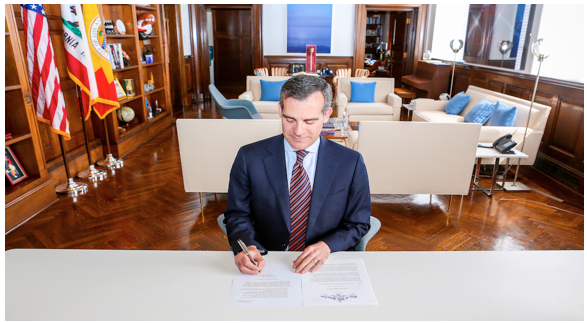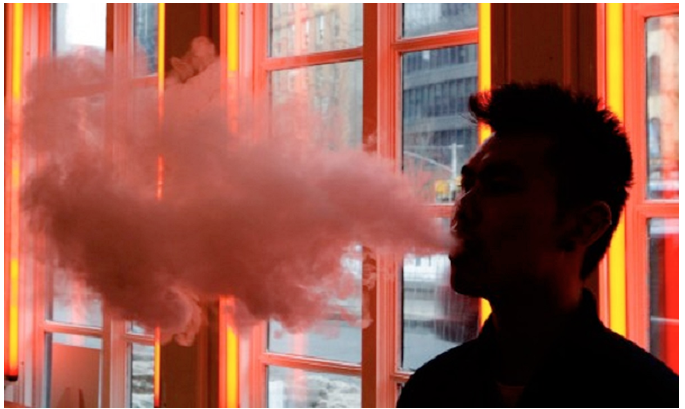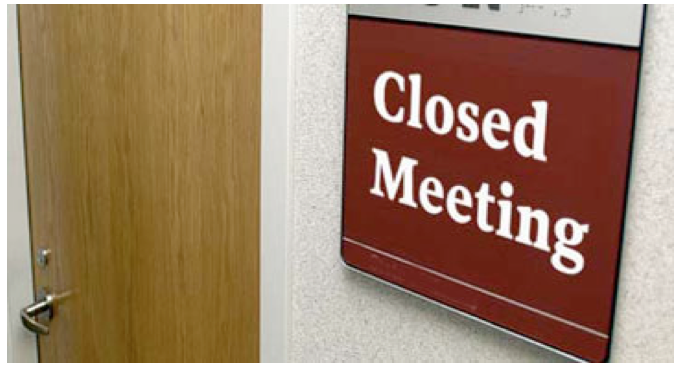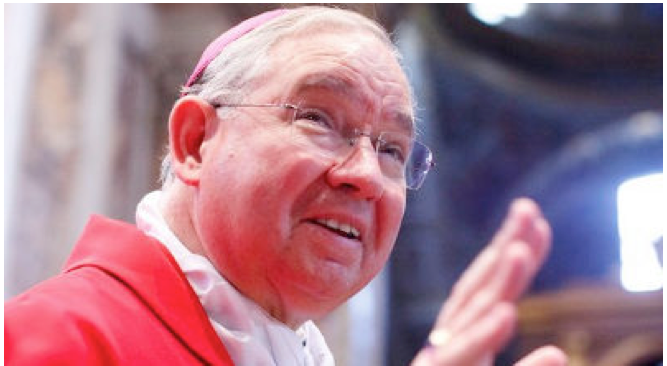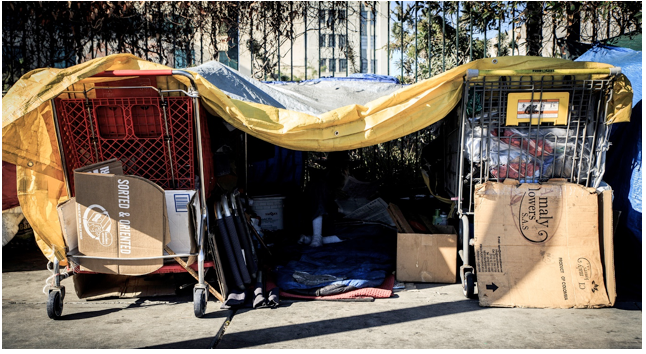We’ve Forgotten What Made Los Angeles a Great City
RICHARD’S LA ALMANAC-In writing for the CityWatch Corruption Watch, a lot of focus has been on the harm which the crimogenic nature of the Los Angeles City Hall does to the City. The City Council’s crucial element is its voting trading pact which guarantees that no councilmember will stand in the way of any construction deal no matter how illegal or how harmful to the City. Thus, Los Angeles has become an “open city” where the whims of corrupt politician govern – and destroy – the city.
We seldom address what has made Los Angeles a great city. Two ingredients have been crucial in our rapid rise the nation’s second city. The first is weather. For the most part, weather is beyond our control. If we include air quality as part of weather, then we have exercised some control over air pollution. The other factor which favored Los Angeles above over metropolitan areas has been de-centralization.
Los Angeles began de-centralized. In the beginning, there was nothing but scrub brush and some native inhabitants spread hither and yon. We are unaware of their existence except when as new comers we try to pronounce Cahuenga. [Originally, “cabueg-na” which was changed to Cahuenga by the Spanish who could not pronounce the native word for the pass through the hills. (The Story of Hollywood, by Gregory Paul Williams © 2005 pp4-5)]
It was a few hundred years before the concept of centralization aka densification became relevant for Los Angeles.
The Landmark 1915 Study of Traffic Conditions in Los Angeles
By 1915, Los Angeles had developed a serious problem due to centralization of business within a small area, about 1200 wide between Hill Street and Main Street and from First Street down to Seventh Street. The original densification was partially topographical due to Bunker Hill and the LA River, but it was primarily psychological as people were accustomed to retail being within that area confined area.
With the advent of motorized vehicles, the concentration of business made for horrible traffic due to the street cars (trolleys) which left only room for one lane of traffic in each direction. In other words, the terrible traffic congestion due to the centralization of business was man-made. Other urban areas in the early 1900's were also topographical, Manhattan was a 2.5 mi vs. 11 mi island.
Decentralization was the Solution
The 1915 study saw the obvious solution. In a gigantic circular area like Los Angeles, business had to expand outwards from the core downtown area. There was no significant geographic barrier. The City had learned to adequately bridge the river and the unobstructed expansion to the south and residential expansion to the west was clear once one was beyond Bunker Hill.
As the civic leaders recognized, the topography of Los Angeles’s 5,000 plus square miles made decentralization as important in attracting newcomers as the weather. People came to LA in order to own detached homes on single family lots with yards and fruit trees.
Relationship of Transportation and De-densification of LA’s Core
In the brief pre-automobile days of Los Angeles’s growth (late 1800's), the horse drawn and then motorized trolleys allowed people to live farther from LA’s commercial center than in the crowded eastern cities which had been constructed in the 1700's and early 1800's, when fastest means of locomotion was a carriage. Thus, eastern urban homes were narrow, close together, and without yards, e.g., the Brownstones and tenements of NYC and Philadelphia row houses.
Because Los Angeles grew after motorized transit, there was no demand for crammed residential housing, but rather people could spread out miles away from the core downtown area. Decentralization was as a significant attraction as the weather.
Soon automobiles became the dominant mode of transportation which facilitated the expansion to more distant single family residential neighborhoods. The individual car was much faster than the trolleys as cars did not make unnecessary stops and the autos had maximum versatility.
The 1915 Traffic Study Recognized the Great Harm of Densification
The 1915 Study laid down the main principle that business, retails store, etc. had to expand outwards towards the periphery as there was a mathematical relationship between population density and traffic congestion. In fact, expansion would occur as a matter of course, unless retail, business, and population were artificially restricted to a core area. Business, retail and industry had to follow the population as the residential areas expanded. The concentration of offices etc. in the Basin would benefit a few wealthy landowners while harming everyone else. (1915 Study p 38)
The 1922 Los Angeles Traffic Commission Report
By 1922, however, the city was slow to heed the mathematics and the advice in the 1915 Study. Thus, the Los Angeles Traffic Commission was established, and its heart was the most profound recognition of what was essential to set Los Angeles on the correct path: City officials were ethically forbidden to participate.
“Public officials are, by the very nature of their office, prohibited from being participants. They must act in a judicial capacity and it is not appropriate for them to take sides for or against public improvements where there are conflicting interests and divided public opinion. City officials by reason of the position they occupy, are ethically prohibited from initiating such measures.” 1922 The Los Angeles Plan, p 3
As a result of this ethical insight, the City began to follow sensible traffic plans. Trolleys were removed from the surface streets as they were not only a major source impeding traffic but also they were maiming and killing Angelenos. Trolleys run on fixed-rails down the center of the street, forcing riders to embark and disembark in the middle of the street where many riders were struck by autos.
Los Angeles’s De-densification made it America’s Most Desirable City
For several decades Los Angeles was allowed to expand outward and we became the nation’s #1 destination city. After WW II, however, the forces of corruptionism, about which civil engineers warned us in 1915 and 1922, took control of the newly formed Community Redevelopment Agency and used tax money to make the most devastating mistake Los Angeles had ever seen, namely Bunker Hill with its concentration of office towers next to downtown.
Elementary mathematics, which had been done in 1915, showed that the result of Bunker Hill would clog LA traffic congestion. Bunker Hill was designed to make a few men vastly wealthy by retarding the movement of offices etc. towards the periphery. Instead, a combination of corrupt officials, real developers and construction companies conspired to make the Valleys into bedroom communities while retaining as much office, retail and industry in the Basin. After that disaster, Century City was constructed giving rise the endless nightmares on the 405.
The Death of Decentralization is Killing Los Angeles as a World Class City
The forces of corruptionism control City Hall today, and they are killing Los Angeles just as surely as if we had entered an Ice Age.
The new middle class, i.e., Family Millennials, have placed Los Angeles as #60 on the list of places where they wish to live. As predicted in 1915 and 1922, these corrupt policies of concentrating development in the Basin are artificially increasing the cost of housing and making transportation a non-functional. CalTrans has opinion that just the Hollywood Millennium earthquake Towers will make the Hollywood Freeway.
In rejecting the Millennium Towers, Judge Chalfant based his decision on the City’s refusal to acknowledge the unmitigable traffic impacts that Hollywood densification would have traffic congestion. City did not address Caltrans’ "concern(s) that the project impacts may result in unsafe conditions due to additional traffic congestion, unsafe queuing, and difficult maneuvering" for the 101 Freeway, where the Level of Service (sometimes "LOS") is "F".
F = Failure. The density is so terrible that it has already has an F and the City wants to greatly increase the traffic load. This type of corruptionism and disregard for facts are the major causes for Family Millennials deserting Los Angeles.
Decentralizing to Cucamonga, Texas, and Beyond
Angelenos are still decentralizing, except now their destinations are hundreds and thousands of miles to our East. People who want a better life are decentralizing to Cucamonga and Riverside, and then they escape to Texas, The Carolinas, Tennessee, Colorado. Rather than recognize that their corruption has doomed Los Angeles as a viable city in second half of the 21st Century, corruptionism is cannibalizing what is left. They are borrowing billions of dollars in order to maximize density with knowledge that the City will never have the financial base to repay the billions of dollars which it is borrowing and giving the real estate speculators.
Assuming that a decentralization plan could be devised, the corruptionism which has seized control of City Hall would never tolerate Los Angeles to deviate from its present densification course until they have drained every last cent from the tax payers. Would that LA could return to the yesteryears of 1915 and 1922 when mathematics and ethics played a role in Los Angeles’ planning.
(Richard Lee Abrams is a Los Angeles attorney. He can be reached at: [email protected]. Abrams’ views are his own and do not necessarily reflect the views of CityWatch.)
-cw



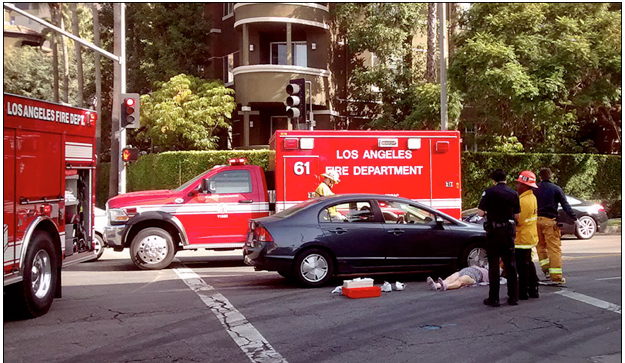
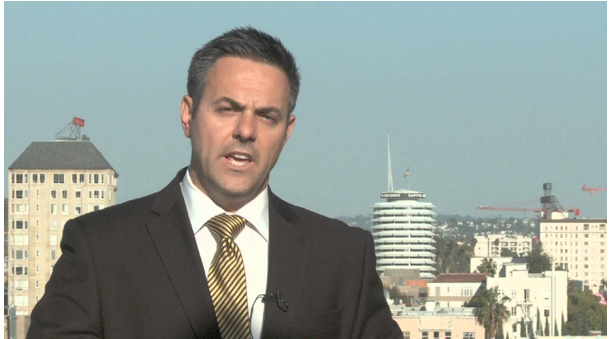
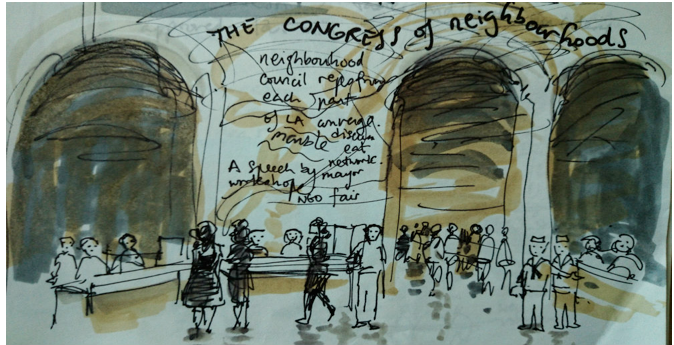
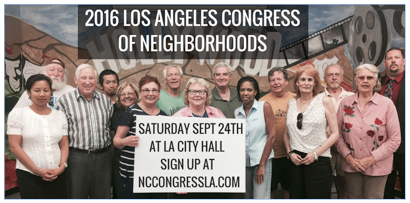 he discussion of cutting City Council pay by half.
he discussion of cutting City Council pay by half. 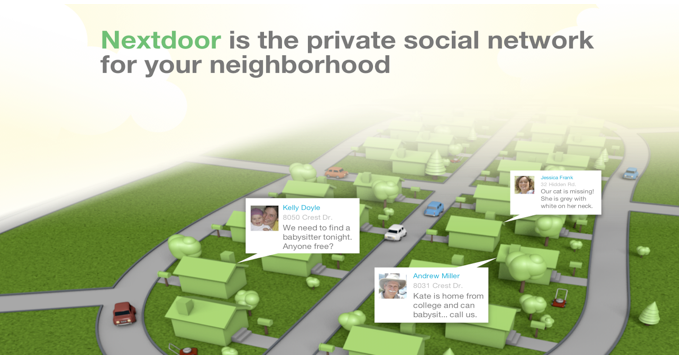

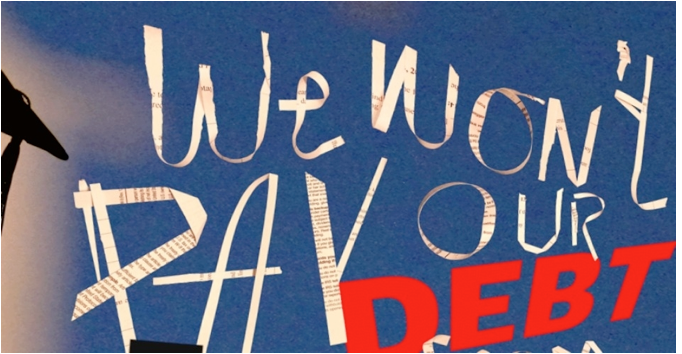
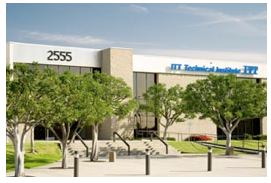 In their letter addressed to President Barack Obama and Education Secretary John King Jr. posted online Wednesday, the former students write that they are taking part in the "debt strike," which is organized by Debt Collective, to "begin to collect on your obligation to erase [the debts]."
In their letter addressed to President Barack Obama and Education Secretary John King Jr. posted online Wednesday, the former students write that they are taking part in the "debt strike," which is organized by Debt Collective, to "begin to collect on your obligation to erase [the debts]."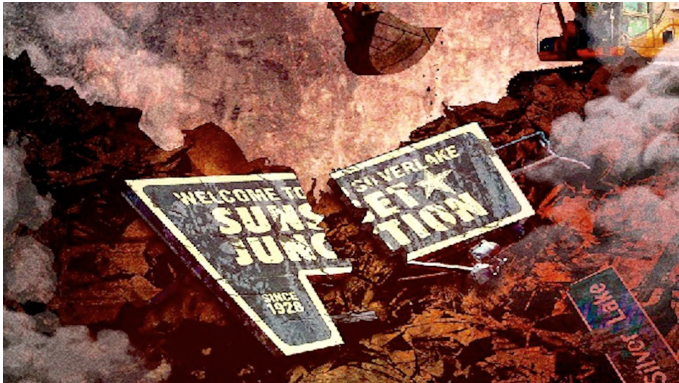
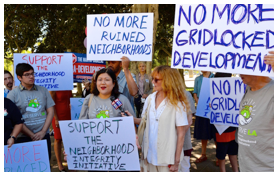 We've been thrilled by surprise endorsements from film stars Leonard DiCaprio, Kirsten Dunst, Garrett Hedlund, Chris Pine, Joaquin Phoenix and Chloe Sevigny, who are watching attempts by developers to transform such wonderfully livable areas as Silver Lake, Echo Park, Los Feliz and Studio City — all at risk of becoming the next Hollywood, California's most richly historic district that is now being methodically destroyed by the City Council to make way for skyscrapers.
We've been thrilled by surprise endorsements from film stars Leonard DiCaprio, Kirsten Dunst, Garrett Hedlund, Chris Pine, Joaquin Phoenix and Chloe Sevigny, who are watching attempts by developers to transform such wonderfully livable areas as Silver Lake, Echo Park, Los Feliz and Studio City — all at risk of becoming the next Hollywood, California's most richly historic district that is now being methodically destroyed by the City Council to make way for skyscrapers. 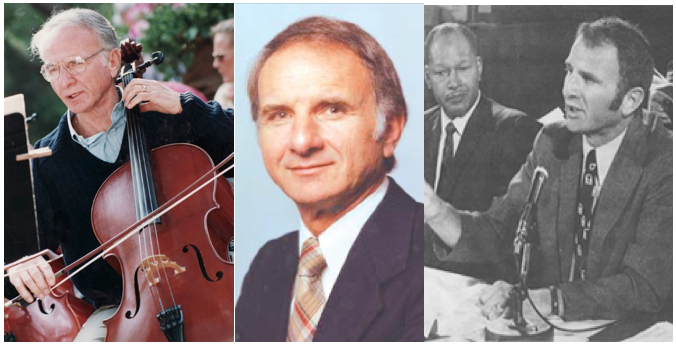
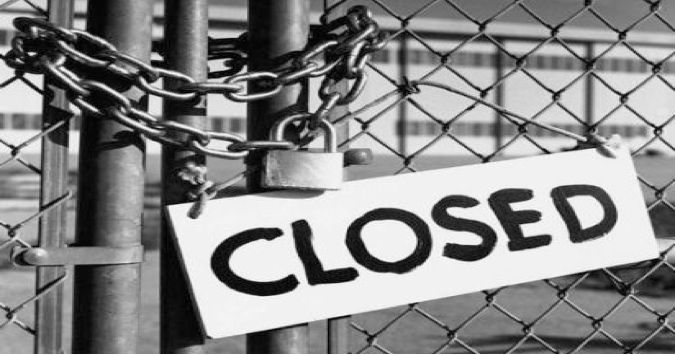
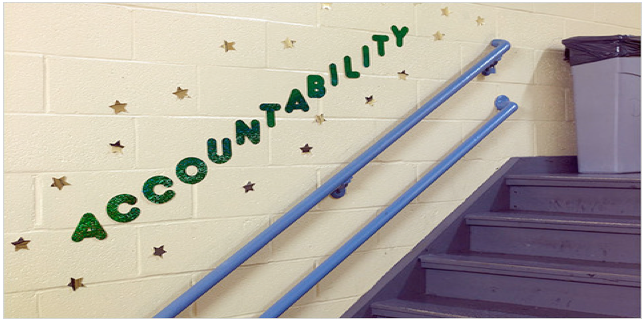
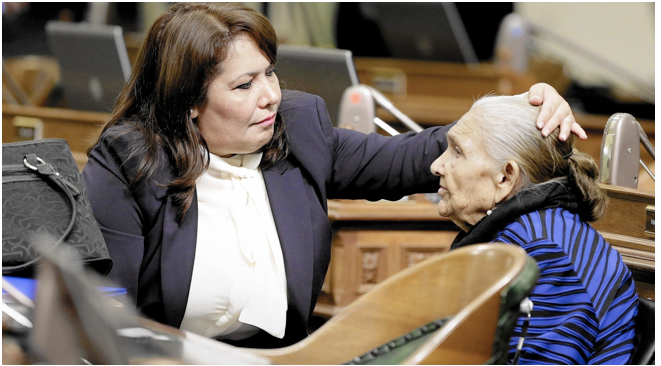
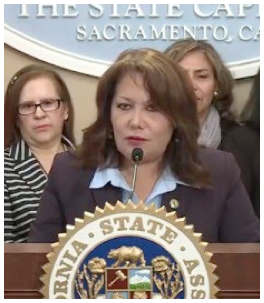 Assemblywoman Lopez’ focus on the needless loss of affordable housing is allegedly shared by the Mayor, Councilmember Krekorian and the LA City Council in general which declared homelessness to be a crisis. That is all propaganda PR for the March 2017 re-elections. All the units which Raffi Shirinian’s Urban Blox will destroy are rent-controlled units and none of the new units are affordable. However, the behind-the-scenes secret dealings with politicos to push through Raffi Shirinian’s Urban Blox destruction of affordable homes is more nefarious.
Assemblywoman Lopez’ focus on the needless loss of affordable housing is allegedly shared by the Mayor, Councilmember Krekorian and the LA City Council in general which declared homelessness to be a crisis. That is all propaganda PR for the March 2017 re-elections. All the units which Raffi Shirinian’s Urban Blox will destroy are rent-controlled units and none of the new units are affordable. However, the behind-the-scenes secret dealings with politicos to push through Raffi Shirinian’s Urban Blox destruction of affordable homes is more nefarious. 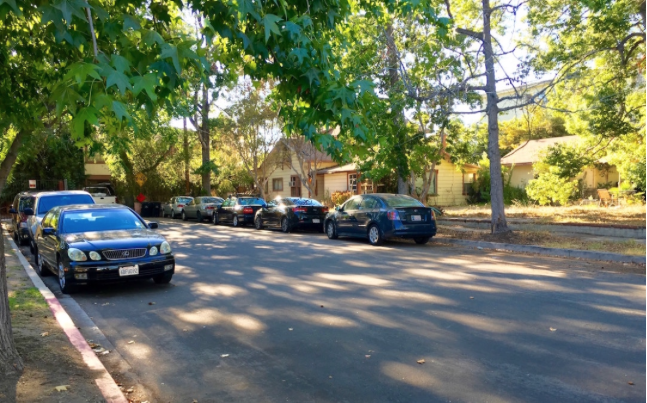 Weddington Street (photo left) sits between Shirinian’s south side of Weddington and the parcel to the north. Weddington Street is 60 feet wide. That means that without Krekorian’s ripping out all of Weddington Street’s 14,070 square feet and giving all that land to his buddy Raffi Shirinian, there is no viable project.
Weddington Street (photo left) sits between Shirinian’s south side of Weddington and the parcel to the north. Weddington Street is 60 feet wide. That means that without Krekorian’s ripping out all of Weddington Street’s 14,070 square feet and giving all that land to his buddy Raffi Shirinian, there is no viable project. 